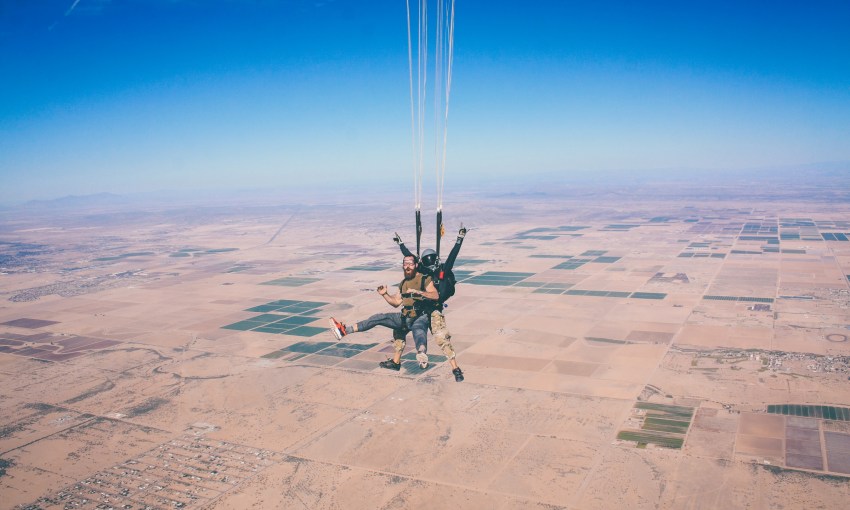Maybe it's because we don’t own homes to put ‘stuff’ in?
Millennials are simultaneously consuming and creating the experience economy
When American consultants Joseph Pine and James Gilmore argued that a marketable experience occurs “when a company intentionally uses services as the stage, and goods as props, to engage individual customers in a way that creates a memorable event,” they likely didn’t know they were perfectly describing Instagram.
All you’ve got to do is swap ‘stage’ for ‘platform’, ‘props’ for ‘filters’ and ‘memorable event’ for ‘feed’ and, hey look – Instagram!
It was 1998 when Joe and Jack wrote Welcome to the Experience Economy for Harvard Business Review. The Internet was barely launched to consumers, but the experiences they describe and their link to economic relevance become peculiarly prescient when considered in the realm of social media.
The authors go on to describe their version of the experience economy as being, “inherently personal, existing only in the mind of an individual who has been engaged on an emotional, physical, intellectual or even spiritual level”.
Okay, maybe less of an argument for Instagram’s parallels.
But who can’t say they’re trading in retail and window-shopping for fine dining and holidays away?
We read in the Sydney Morning Herald in December last year, reports that consumption is down across the globe. Basically, what that means is: we’re buying less “stuff”.
The fella quoted in the SMH piece is Adrian Benedict, investment director of London-based firm Fidelity International. He says, “In the UK, the US, Australia and France, the share of consumption in gross domestic product growth is estimated to drop by 15 to 30 percentage points over the next few years compared with pre global financial crisis levels.”
He’s not saying our economy ain’t growing. He’s saying consumption – as a factor of growth – is dipping.
Hello – Instagram is free!
However, getting good content for your Instagram isn’t free. And this is where the switch in the economy is taking place.
Legacy-obsessed individuals are travelling further, eating out more, living that YOLO (You Only Live Once) life, because it can be shared and cherished forever on Instagram. You can also build equity in your personal brand by capturing your exciting exploits on the platform and – realistically – earn money and get gifted free things by companies and even governments keen to associate their assets with, ahem, yours.
Adrenaline is an online market place built entirely around connecting experience-hungry people with, well, experiences.
Adrenaline CEO David Anderson says the growth in the experience economy over the last few years has been remarkable and was cause for Adrenaline’s expansion into South Australia.
“In Adelaide Hot Air Balloon rides through the Barossa have been increasingly popular, alongside McLaren Vale skydiving and various driving experiences at Mallala,” says David.


Outside of these top sellers, Adrenaline offers literally hundreds of experiences across SA, from tours through the Coorong National park and encounters at Adelaide zoo to fast boat adventures, V8 hot laps and race buggies, “there’s something for everyone,” David says.
When asked what factor social media plays in driving growth in demand for experiences David from Adrenaline agrees it has played a pivotal role.
“It’s all about creating memories and living in the moment but also having intimate moments to share with friends, followers and family,” says David.
The famous question, which emerged in 1883 – again, well before Instagram – asked, “If a tree were to fall on an island where there were no human beings would there be any sound?”
If you didn’t take a photo of what you did, did it really happen?
It was unfair of this article to suggest the Millennial generation alone is creating and consuming the experience economy. Every user of Instagram is participating in this process full heartedly – documenting real life experiences and uploading them to an alternate digital reality.
And that’s all good. We just hope those moments IRL (In Real Life) aren’t being intruded upon, guided and altered too grossly by the invisible but all too real pressure to fit into the algorithm of Instagram’s own, patented, aesthetic economy.




